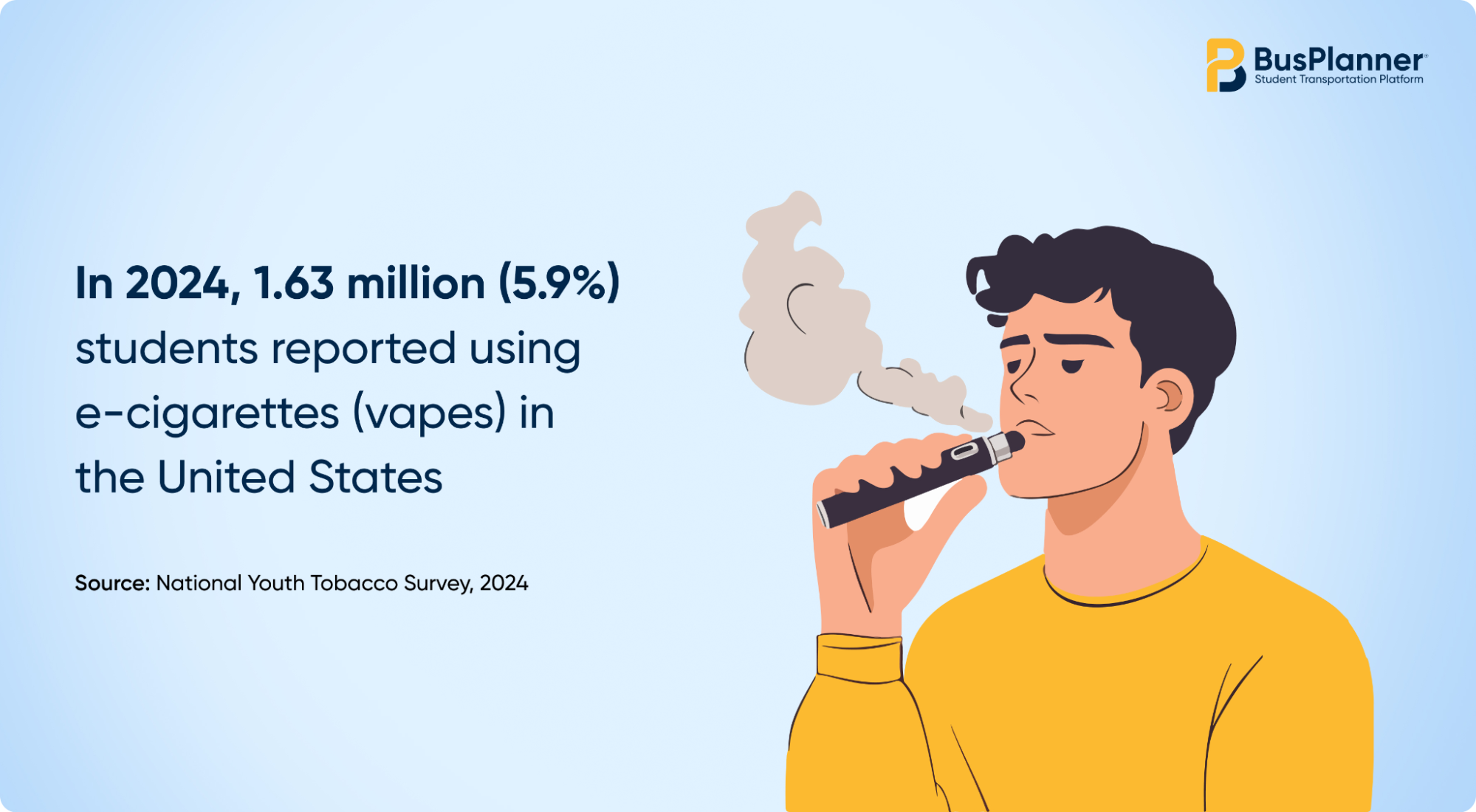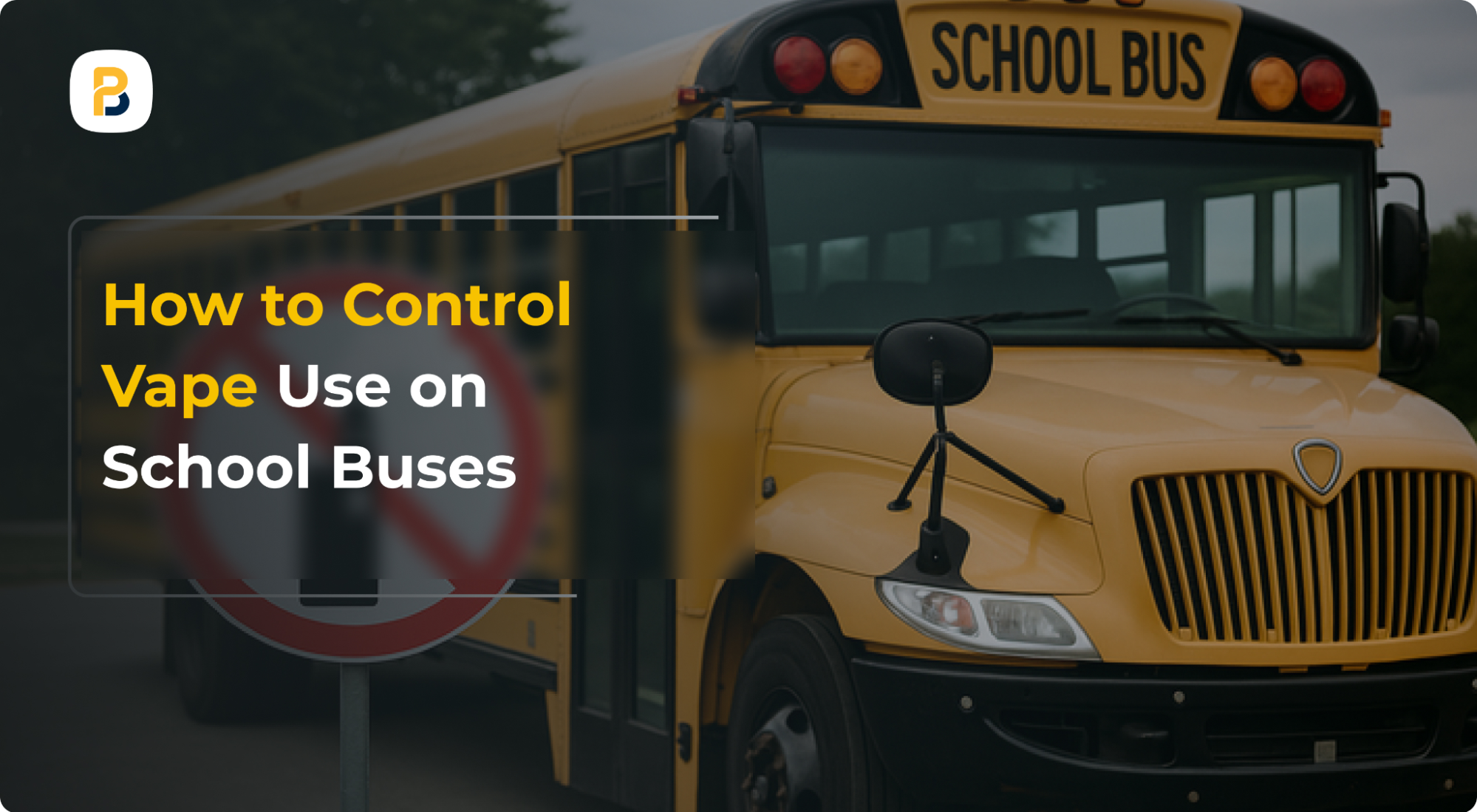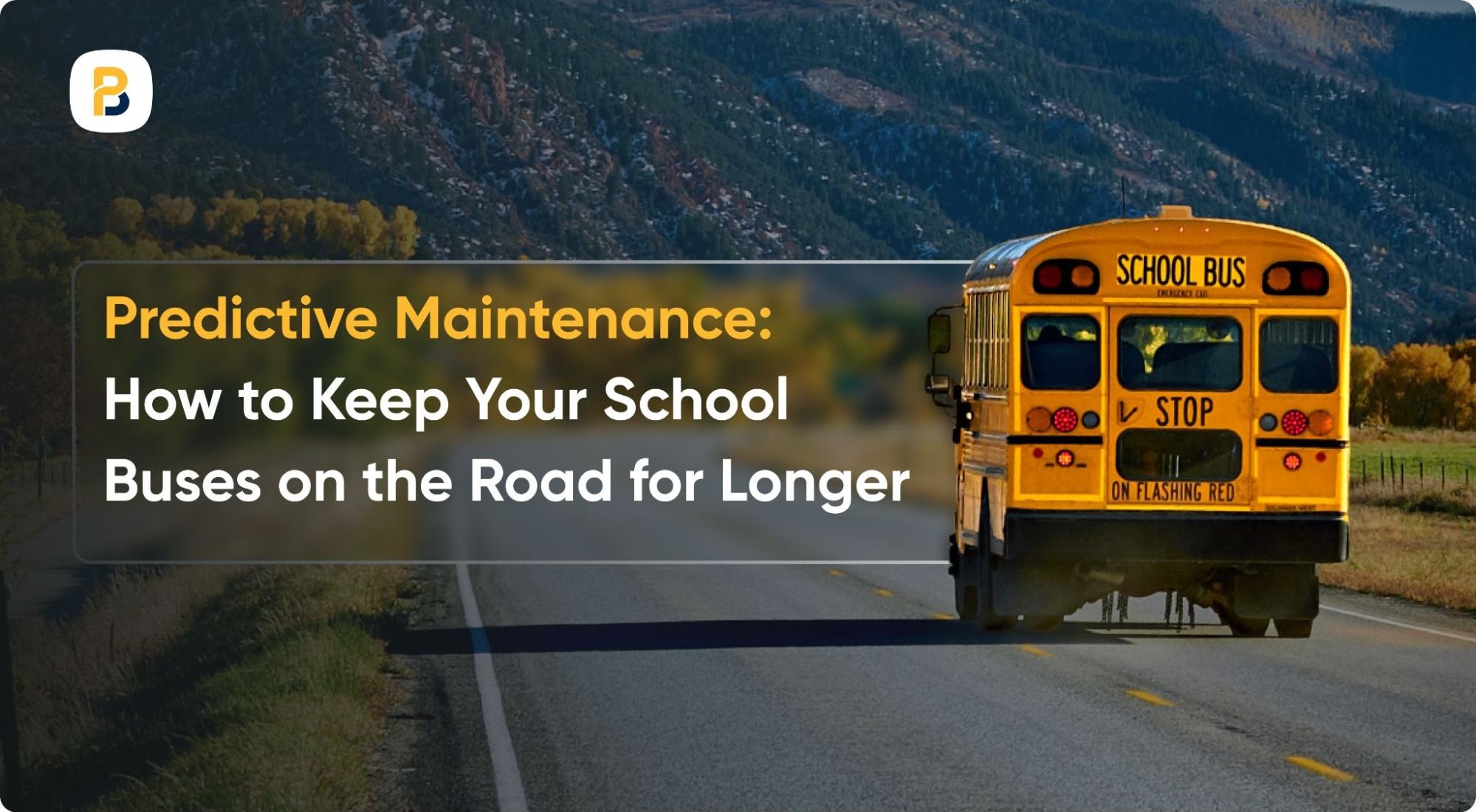The use of tobacco-based products by students is an increasing concern worldwide. In 2024, 1.63 million (5.9%) students reported using e-cigarettes (vapes) in the United States, and the CDC states that over half of U.S. high school students have tried vaping at least once.
Students may engage in vaping not only on school grounds but also during their commute on school buses. The challenge for transportation professionals is that vapes are small, discreet, and produce a scent that can be quickly disguised. Tackling this issue requires practical strategies that focus on prevention, detection, and a consistent response.
Here’s how your school district can take control and ensure safe, vape-free zones for the student body.
1. Educate Students About the Risks
Education plays a crucial role in prevention. Schools should implement programs that inform students about the health risks associated with vaping.
- Host Seminars and Interactive Assemblies: Partner with healthcare professionals to discuss the health risks of tobacco-based products and addiction in young adults.
- Print Posters: Clear common misconceptions about vapes being harmless.
- Implement Community-Oriented Programs: Engaging the whole community can reframe vaping not just as a personal health risk, but as a harmful action that impacts everyone.
Open conversations help students understand that even secondhand vapor contains harmful chemicals like nicotine, heavy metals, and ultrafine particles that can severely affect the health of their friends with asthma or other respiratory conditions.
2. Train Bus Drivers and Staff
For a swift and effective response to vaping, equip your bus drivers first. Provide them with training on recognizing signs of vaping and knowing how to respond to incidents appropriately.
- Improve Reporting: Conduct mandatory training sessions for drivers to identify and report various vape devices.
- Know What to Look For: Stay aware of sensory indicators, such as unexpected fruity or sweet odors or visible vapor clouds.
- Assign Seats: An assigned seating chart allows a driver to quickly identify which students were in the area where an incident occurred.
Additionally, fostering a culture of open communication between drivers, school administrators, and parents can help address incidents promptly.

3. Implement Clear Policies
Establish and enforce clear policies regarding vaping on school grounds and buses. These policies should outline specific consequences for violations and be communicated effectively to students, parents, and staff.
- Establish a Written Policy: Outline rules in the student handbook that explicitly ban the use, possession, and distribution of vaping devices on buses, at bus stops, and on all school property.
- Tiered Action Plan: In the event of an incident, implement a tiered approach to consequences, starting with warnings, counseling, and parental involvement, before resorting to more severe disciplinary actions.
An effective response and intervention protocol is crucial for dealing with vaping incidents in a way that prioritizes safety and results in actual behavioral change.
Conclusion
Ultimately, the goal is to foster a culture where the dangers of vaping are clear to the student body itself. This comes from awareness, clear communication, and consistent enforcement. By implementing these strategies, schools can create a safer and healthier environment for students during their daily commutes.
Contact us to learn how BusPlanner can help create a safer and healthier student transportation system.







